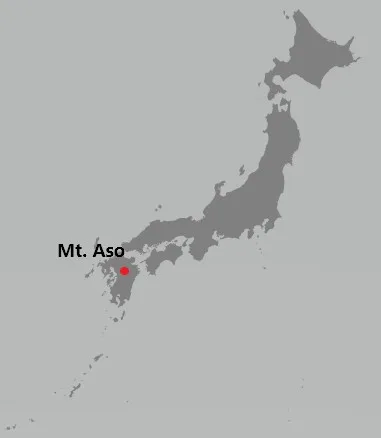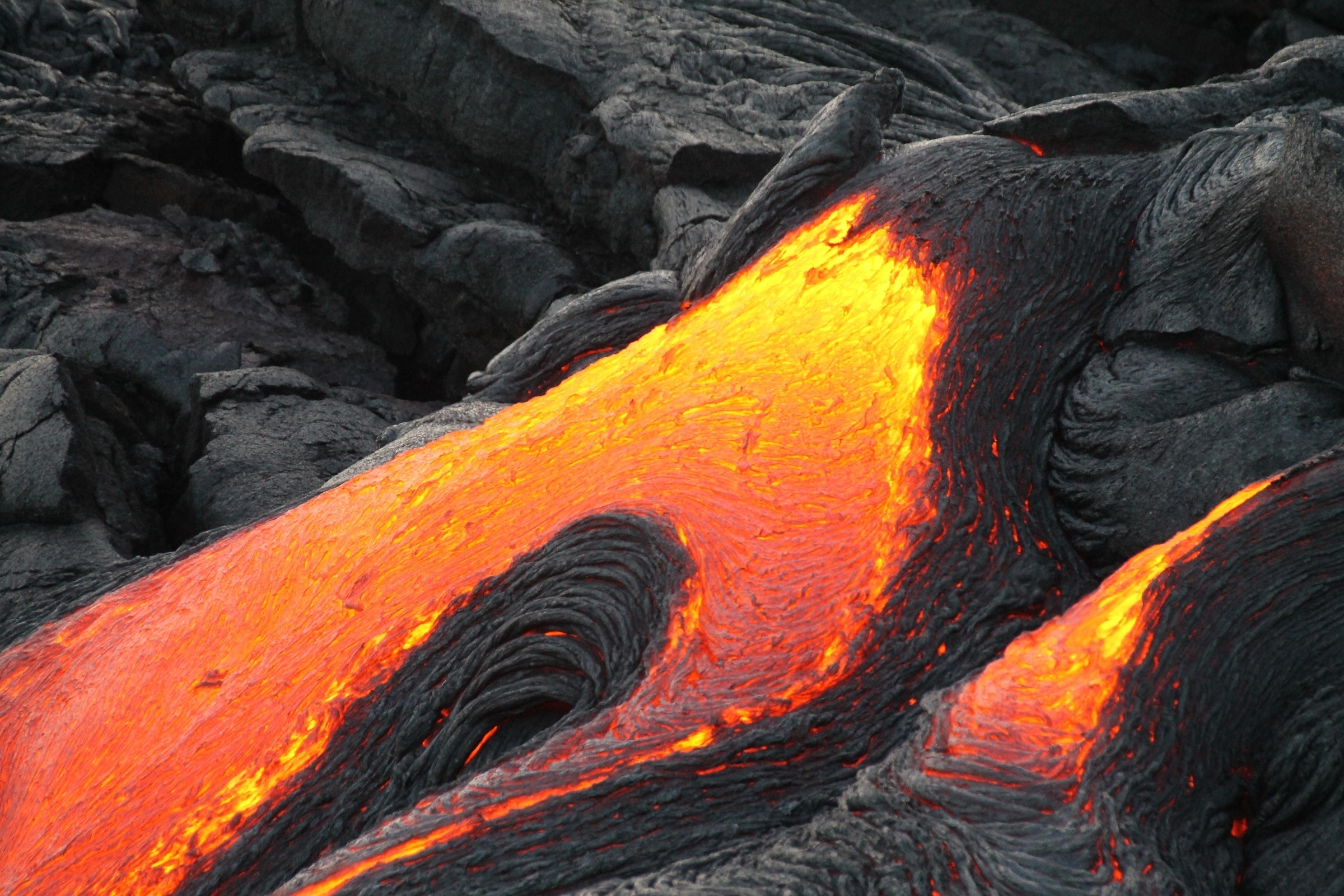Konnichiwa! Japan is a country with a rich geological history, located at the intersection of several tectonic plates. As a result, the country is home to numerous active volcanoes, including one of the world’s largest: Mount Aso. Located in the center of Kyushu island, Mount Aso is an imposing sight, standing at 1,592 meters (5,223 feet) tall and occupying an area of 24 kilometers (15 miles) in circumference. In this article, we will explore the history of Mount Aso, its last eruption, and how often it typically erupts.
Affiliate Disclaimer: I only recommend products I would use myself and all opinions expressed here are our own. This post may contain affiliate links that at no additional cost to you, I may earn a small commission. As an Amazon Associate I earn from qualifying purchases.

History of Mount Aso
Mount Aso is a complex of volcanic peaks that were formed over several million years. The oldest rock formations on the mountain date back to around 300,000 years ago. However, the most significant geological activity occurred during the past 90,000 years. During this period, numerous eruptions occurred, which led to the formation of the five peaks that make up the mountain today.
Mount Aso is located on the island of Kyushu in southwestern Japan. It is part of the Aso-Kuju National Park and is considered to be one of the country’s natural treasures.
Mount Aso is a caldera volcano, which means that it was formed by the collapse of a volcano’s summit. In the case of Mount Aso, the mountain is made up of five active peaks that surround the caldera. It measures approximately 25 kilometers (16 miles) across and was formed about 90,000 years ago. Since then, numerous eruptions have occurred within the caldera, leading to the formation of the current volcanic peaks.
The last major eruption of Mount Aso occurred in 2016, which we will discuss in more detail later in this article. Before that, the most significant eruption in recent history was in 1979, which led to the evacuation of over 10,000 people.
Eruption frequency
Mount Aso is one of the most active volcanoes in Japan, with over 100 eruptions recorded in the past 1,000 years. However, most of these eruptions have been relatively small, with the exception of the 2016 and 1979 eruptions. The volcano is classified as a “Plinian” volcano, which means that it has the potential to produce very large explosive eruptions. However, such eruptions are relatively rare.
One of the largest eruptions of Mount Aso occurred in 1597 during the Azuchi-Momoyama period. The eruption lasted for four months and caused significant damage to nearby villages and towns. The eruption was so powerful that it changed the landscape of the area, creating new mountains and valleys.
When it comes to the frequency of eruptions, Mount Aso is considered to be one of the most active volcanoes in Japan. The volcano has erupted approximately once every 10 years since the 9th century, although the frequency has increased in recent times. Between 1980 and 1990, there were six eruptions, and between 2000 and 2010, there were four eruptions. This increased activity has led to concerns about the potential for a larger and more destructive eruption in the future.
In general, Mount Aso tends to have a cyclical eruption pattern, with periods of quiet interspersed with periods of more frequent activity. The last major period of activity occurred during the early 20th century, with eruptions occurring in 1914, 1918, 1929, and 1936. Since then, the volcano has been relatively quiet, with only minor eruptions occurring until the 1979 and 2016 eruptions.
The 2016 eruption
The most recent significant eruption of Mount Aso occurred in 2016. The eruption began on November 7, 2016, with an explosion that sent a plume of ash and smoke over 11 kilometers (7 miles) into the air. The explosion was caused by the collapse of the crater wall on the north side of Mount Aso.
The eruption was the most significant in over 30 years, and resulted in the closure of the nearby airport and the evacuation of over 30,000 people. The eruption also caused several injuries and damaged several buildings in the surrounding areas.
In the aftermath of the eruption, the Japanese government declared the area around Mount Aso a no-fly zone, and tourists were urged to stay away from the area. The volcano continued to release ash and smoke for several weeks after the initial explosion, although the activity gradually decreased over time.
In recent years, the Japanese government has taken steps to monitor Mount Aso and other active volcanoes in the country more closely. This includes installing monitoring equipment such as seismometers and GPS sensors, as well as establishing a system for issuing alerts and evacuations in the event of an eruption.
Things to do around Mt. Aso
For tourists and visitors to Japan, Mount Aso is a popular destination for hiking, sightseeing, and hot springs. However, it is important to be aware of the potential risks associated with visiting an active volcano. Visitors are urged to follow the guidance of local authorities and be prepared to evacuate quickly in the event of an eruption.
Klook.comMount Aso is an active volcano in Kumamoto Prefecture, Japan, and is a popular tourist destination for its stunning natural beauty and unique geology. Here are some things to do around Mount Aso that visitors can enjoy:
- Visit the Aso Volcano Museum: The Aso Volcano Museum provides an excellent introduction to the geology and history of Mount Aso. The museum has various exhibits, including a 3D theater where visitors can experience the eruption of the volcano in virtual reality. The museum also has a shop where visitors can purchase souvenirs related to the volcano.
- Take a cable car ride: The Aso cable car takes visitors up to the peak of Mount Aso, where they can enjoy breathtaking views of the surrounding landscape. The ride itself is an experience, as the cable car moves through clouds of sulfuric gas that escape from the volcano.
- Explore the Takachiho Gorge: The Takachiho Gorge is a beautiful natural gorge located about an hour from Mount Aso. Visitors can rent rowboats and explore the gorge from the water, or they can walk along the trail that runs beside the river.
- Visit the Kusasenri Grassland: The Kusasenri Grassland is a large open space that offers stunning views of the surrounding mountains. Visitors can take a walk through the grassland and enjoy a picnic while taking in the beautiful scenery.
- Bathe in the hot springs: Mount Aso is home to several hot springs, and visitors can soak in the therapeutic waters while enjoying the scenic beauty of the surrounding landscape. One popular hot spring is the Kurokawa Onsen, which is located about an hour from Mount Aso.
Summing It Up
Overall, Mount Aso offers visitors a range of activities and experiences that showcase the natural beauty and unique geology of the area. Whether visitors are interested in history, nature, or relaxation, there is something for everyone around Mount Aso.
Be sure to check out our other “Geography” blog posts such as “How big is Japan compared to Texas?” if you want to learn more about Japan!


One thought on “Japan’s Largest Active Volcano – Mt. Aso”